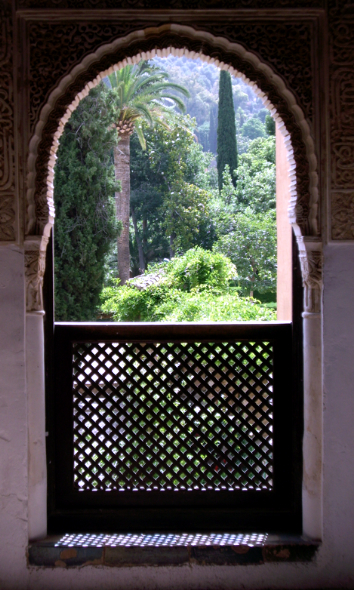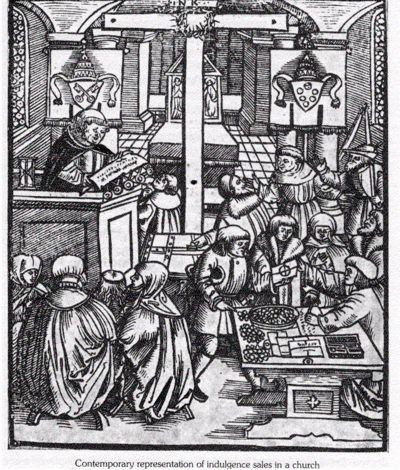“a very sophisticated complex of complementary tools was available including specialized hand tools . . . . adapted cleverly to a very . . . different environment.”
(Pacey; 29)
There is an inherent complexity in any tool.
Besides the intent of what a tool does, complexity comes when crafts people fit devices, implements, utensils and instruments together to serve specified functions.
These features create one new level of complexity in technical combinations of tools:
- climate
- soils
- ecology
- Land tenure (30)
- density of settlement (31)
- the combination of labor and land
Any related use of tools put together to perform a task is a tool complex base on the above features.
Survival technology:
rice, timber, wheat, milling of grain, armaments, defense works.
the caste system (Indian subcontinent c. 1000 BC), trades, crafts and security comes with the division of labor.
Tool complexes change due to the spread of new, often small but crucial techniques or implements such as depicted in a garden.
Modifications of technique & fresh inventions: water control devices.

A lush garden in a dry land in the citadel of The Alhambra, in southern Spain.
Many new water control devices assured survival and a spread of agriculture, commerce, and milling of timber and grain, but inventions to make the hydraulic systems work contributed to an advance of fine technology.
In many cases the changes of tools within the complex leads to further techniques and changes in a culture, its members' behavior, its language, food preferences, land use and institutions. These tool complex shifts also change social organization that creates new experiences, ideas and a whole new vocabulary.
Second form of complexity arises from what the tool complex produces as that changes the community of workers and users or beneficiaries of the tool complex such as the Olive based cultures of the Mediterranean, or the Rice cultures of southern Asia, or the gardens of the Islamic cultures.
Fine technological implements.
Fine technology; Gardens & fountains
fountain in the Islamic citadel of The Alhambra, in Spain.
(34-35)
Gardens are places transformed by human endeavor by a use of related tools.
Water has even a redemtive symbolism in the values of Hindu, Christian, and Muslim beliefs because of what it does.
immortality and money -- often considered as very different were linked.
The selling of Indulgences by Catholic prelates.
"A number of significant innovations in business methods, developed in medieval Italy -- commercial credit, double entry bookkeeping, marine insurance, -- were by the beginning of the 16th century united in a powerful combination that bankers could use to forge enterprises on a scale previously unheard of."
Kranzberg, 79-80.
Further complexity is inherent in how tools are transforming the user and the benefactors of that society wherein techniques based on inventions and their uses become widespread.
Today the web of technical inventions and related technological complexes are so vast and intricate that we are altering the oceans, air and radiation exposure of the earth. The combined impact of people, their tools and support system are measured in terms of the combined impact on surroundings and is called an ecological footprint.
The complexity of tools forms webs of relations
tool complex populations 
people cultural complexity of the purposes for which we combine tools. users behavioral complexity of our related activities.
Tools of Toil: what to read. Tools are historical building blocks of technology.
This page was created, by J. Siry.







